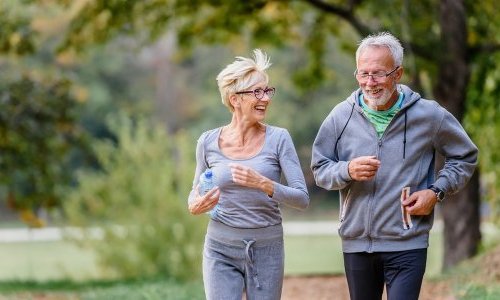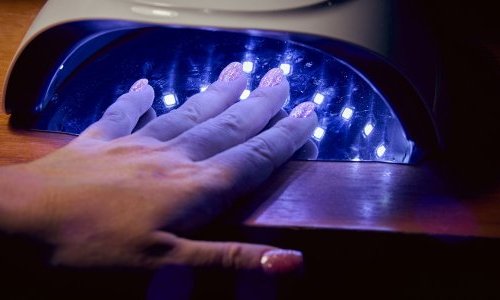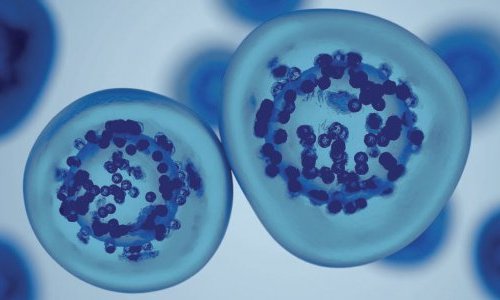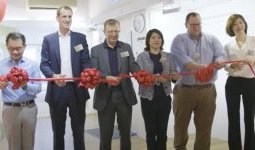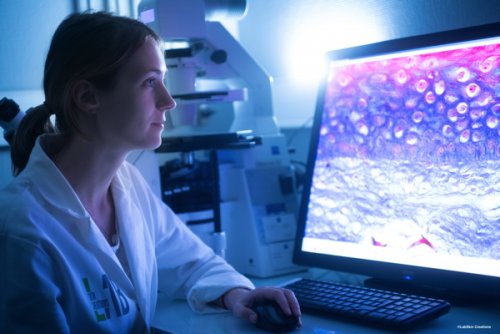
Sandrine Héraud, LabSkin Creations (Photo : LabSkin Creations)
Premium Beauty News - The area of skin substitutes seems to be growth-driving, in particular since animal testing was banned for cosmetic products and their ingredients in the European Union, in 2013.
Sandrine Héraud - Indeed, the notion of mimicking the skin, our largest organ, which creates a junction between the internal and external parts of our bodies and offers multiple functionalities, is a broad, even endless topic. Since 2014, Labskin Creations has been creating increasingly sophisticated models derived from tissue engineering for the cosmetics, dermocosmetics, and pharmaceutical industries. Since the company was founded, we have been developing more or less complex, tailor-made reconstructed skins on which companies can perform efficacy tests on both ingredients and finished products. Our young company has already won many awards, like the Trophée Acteurs de l’Économie and Fast 50 Deloitte, in 2017.
Premium Beauty News - At a symposium held by the European Centre for Dermocosmetology (CED) in January 2019, your company introduced a skin model that reproduces atopic dermatitis. What an original approach!
Sandrine Héraud - Atopic dermatitis is an inflammatory chronic disease which affects more than one infant out of ten. We combined several approaches to develop an innovative model involving the use of cells derived from patients with atopic dermatitis and of lymphocytes. It is the first human in vitro model of atopic dermatitis with an immunity component. The immune cells migrate in the whole tissue and the model presents a pathological phenotype that mimics the altered skin profile in atopic dermatitis. It helps test actives and finished products designed to treat this pathology.
Premium Beauty News - 3D printing is revolutionizing tissue engineering. Has Labskin Creations made progress in this field?
Sandrine Héraud - Indeed, bioprinting is a disruptive technology which created a small revolution in the field of tissue engineering, compared to already existing approaches, which is the reason why we focused our developments on this area. Our work results from a very productive collaboration with Christophe Marquette’s 3d.FAB teams specialized in 3D printing.
Bioprinting has the advantage of creating highly complex tridimensional structures, very accurately, reproducibly, using an automatic process. Thanks to this approach, we can get a mature skin sample in 21 days, compared to 45 with an in vitro culture. In 2016, we registered a first patent for a complete skin model consisting of both the dermis and epidermis. Then, we added a hypodermis, based on stem cells from fat tissue. We can also enrich models with the vascular component, add skin annexes, like sebaceous glands, and pigment the epidermis with melanocytes. The cell components may be modulated for a personalized result, which offers our customers great flexibility.
In the skin, there are more than ten cell components, and we want our 3D models to be as sophisticated as possible, by adding Langerhans cells or skin innervation. Also, we try to reproduce the undulated physiological shape of the dermo-epidermal junction, which is flat in existing models using conventional engineering methods. It is a big challenge for our teams.
In addition, we got involved in the Bloc-Print collaborative project which gathers our company, 3d.FAB, and the Lyon Civilian Hospices, in partnership with the Directorate General of Armament. The idea is to use bioprinting to treat burnt soldiers directly on the battlefield. The cells extracted from the patient’s healthy skin are integrated to our bio-ink, and then directly reprinted on the patient, thanks to a bioprinter fitted with an articulated arm. The project received several awards in 2018: the Prix de l’esprit d’entreprendre (award for the entrepreneurial spirit) and the Bref Eco Lab Meeting Trophy.
Premium Beauty News - To you, what is the future of 3D models?
Sandrine Héraud - The fact that we offer bioprinted 3D models helps us reach new customers. First, the complexity of the 3D models now available, thanks to bioprinting, offers us new development prospects. Then, this approach makes it possible to standardize 3D models, i.e. their reproducibility, in order to discover new actives. The cosmetics industry accounts for 90% of our customers, but the pharmaceutical and medical industries are also much interested in regenerative medicine applications.




